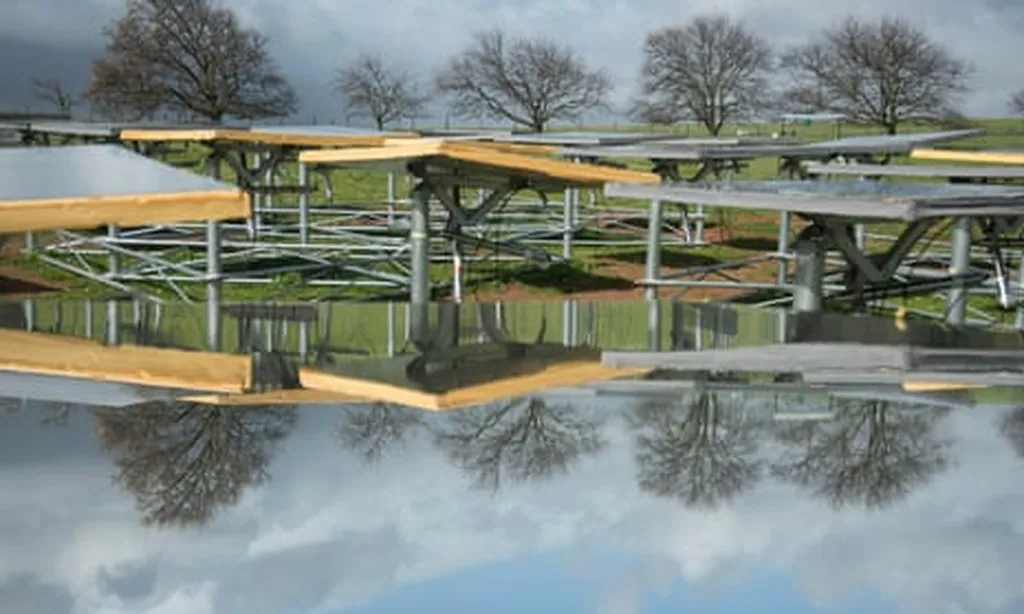In the heart of South Africa lies the Cradle of Humankind World Heritage Site, a place teeming with ecological and cultural significance. Now, it’s also the stage for a groundbreaking study that could revolutionize how we monitor and manage freshwater resources, with implications that ripple through the energy sector. Sinesipho Ngamile, a researcher from the Department of Geography, Environmental Management and Energy Studies at the University of Johannesburg, has leveraged the power of satellite data and machine learning to predict and map water quality parameters in this unique landscape.
The study, published in the journal ‘Frontiers in Remote Sensing’ (which translates to ‘Frontiers in Remote Sensing’ in English), harnesses high-resolution Sentinel-2 Multispectral Instrument (MSI) satellite data and random forest models to assess water quality. By integrating in-situ measurements of parameters like chlorophyll-a, suspended solids, dissolved oxygen (DO), pH, temperature, and electrical conductivity (EC), Ngamile and her team have established empirical relationships that shed light on spatial variability across different flow conditions.
The results are promising. “We found that dissolved oxygen could be predicted with the highest accuracy under low-flow conditions,” Ngamile explains. “This is crucial for understanding the health of these freshwater ecosystems.” The study also revealed that electrical conductivity could be accurately predicted, providing insights into the mineral content and pollution levels of the water bodies.
The implications for the energy sector are significant. Water is a critical resource for energy production, from cooling power plants to hydraulic fracturing in oil and gas extraction. Accurate, real-time monitoring of water quality can help energy companies manage their water usage more efficiently, reduce pollution, and comply with environmental regulations. “By understanding the spatio-temporal patterns of water quality parameters, we can better manage our freshwater resources and support sustainable development,” Ngamile adds.
The study also highlights the potential of machine learning models in monitoring dynamic water quality variations. As Ngamile notes, “The use of Sentinel-2 MSI data and random forest models allows us to monitor water quality in a more cost-effective and efficient manner.” This could pave the way for similar studies in other regions, helping to protect and manage freshwater resources worldwide.
Moreover, this research aligns with the United Nations’ Sustainable Development Goal 6: Clean Water and Sanitation. By providing a robust method for monitoring water quality, it supports efforts to ensure the availability and sustainable management of water and sanitation for all.
As we look to the future, the integration of satellite data and machine learning models offers a powerful tool for monitoring and managing our precious freshwater resources. Ngamile’s research is a testament to the potential of these technologies, offering a glimpse into a future where data-driven decisions can help us strike a balance between energy production and environmental conservation.

